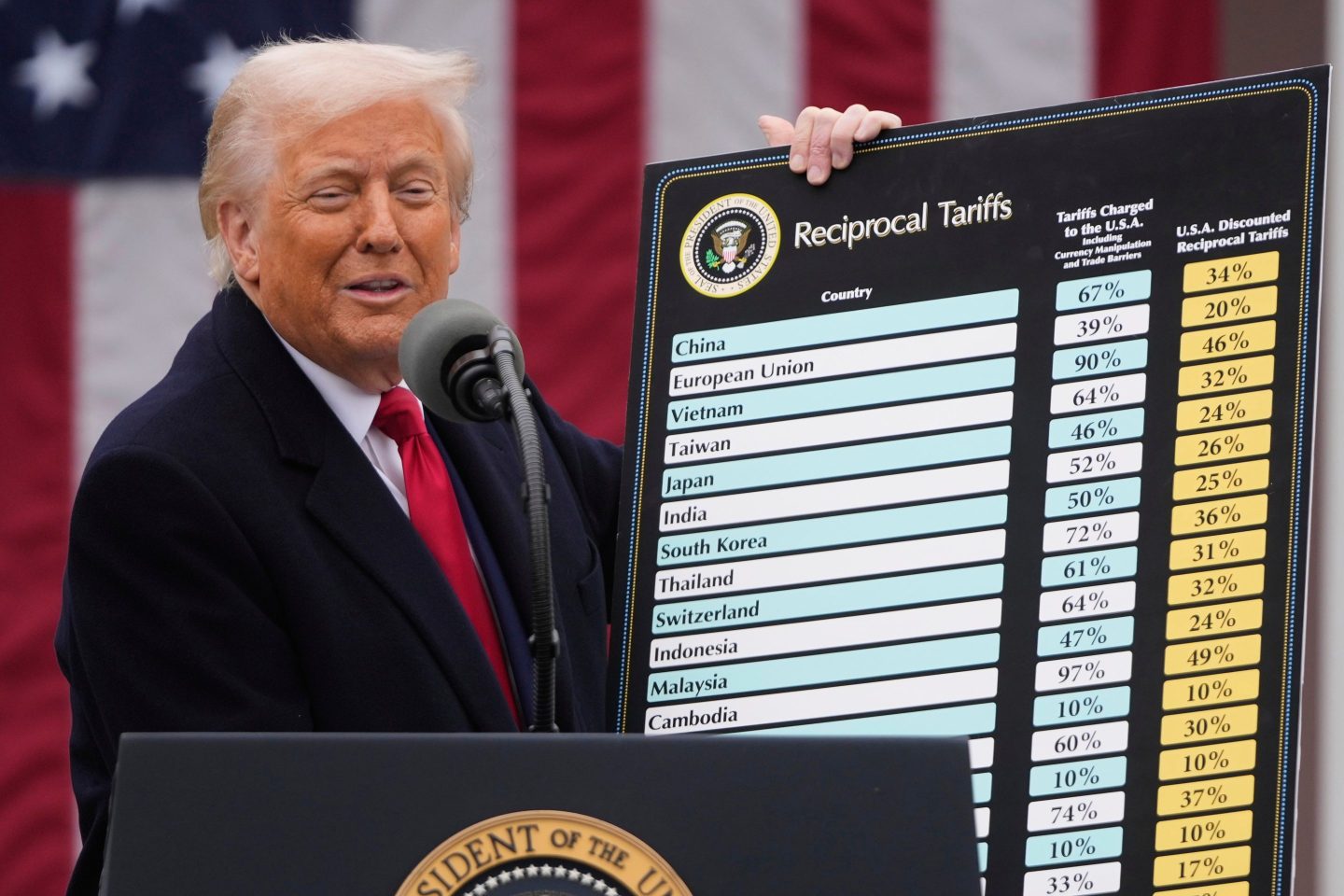The number of nuclear warheads is set to grow for the first time since the Cold War, and even more worrying is that the risk of them being used is at the greatest likelihood it has been in decades.
The rising global nuclear arsenal is stoked by Russia’s invasion of Ukraine, the Stockholm International Peace Research Institute (SIPRI) said in its latest research, which revealed that the world’s nine nuclear-armed states—Russia, the U.S., U.K., France, China, India, Pakistan, Israel, and North Korea — were all modernizing their nuclear arsenals.
“All of the nuclear-armed states are increasing or upgrading their arsenals and most are sharpening nuclear rhetoric and the role nuclear weapons play in their military strategies,” said Wilfred Wan, director of SIPRI’s weapons of mass destruction program.
“This is a very worrying trend,” he added.
SIPRI director Dan Smith said: “The risk of nuclear weapons being used seems higher now than at any time since the height of the cold war.”
How many nuclear warheads are out there?
Almost 90% of all nuclear weapons are owned by Russia and the U.S.
Russia has the world’s largest stockpile of nuclear warheads, with around 5,977 in total—just 550 more than the U.S.
These are fractions of the stockpiles that both countries once held during the Cold War, but over the years, Russia and the U.S. have dismantled their warheads that are out of commission and can no longer be used.
The total inventory of nuclear warheads at the start of 2022 was 12,705, of which only 9,440 were in military stockpiles for potential use, according to SIPRI.
But it isn’t just the U.S. and Russia ramping up production.
The U.K. has announced a decision to increase the ceiling on its total warhead stockpile. China has also started a substantial expansion of its nuclear weapon arsenal, with satellite images revealing the construction of over 300 new missile silos.
France officially restarted a program to develop third-generation powered ballistic missiles. India and Pakistan are also among the handful that has been increasing their nuclear warhead stockpiles, according to the Federation of American Scientists (FAS).
SIPRI has indicated that unless “immediate and concrete action” is taken by the nuclear powers, global inventories of warheads could soon begin to rise for the first time in decades.
“Relations between the world’s great powers have deteriorated further at a time when humanity and the planet face an array of profound and pressing common challenges that can only be addressed by international cooperation,” SIPRI board chairman and former Swedish Prime Minister Stefan Lofven said.
Escalating rhetoric
Three days after Moscow invaded Ukraine, the Kremlin has kept Russia’s nuclear deterrent on high alert. Putin also warned on Feb. 24 of the consequences to those who try to stand in Russia’s way would be “such as you have never seen in your entire history.”
There has also been escalating rhetoric of nuclear threats from both Russia and global leaders.
The United Nations Secretary-General Antonio Guterres told reporters on Mar. 14 Monday that “the prospect of nuclear conflict, once unthinkable, is now back within the realm of possibility.”
Russian Foreign Minister Sergei Lavrov in an interview with Russian state TV on Apr. 24 said that the risk of nuclear war between Russia and the West was now “considerable,” and that the current danger may be greater than that faced at the most dangerous moment of the Cold War.
“During the Cuban missile crisis, there were not many written rules. But the rules of conduct were clear enough. Moscow understood how Washington was behaving. Washington understood how Moscow was behaving,” Lavrov said in the interview.
“Now there are few rules left.”












